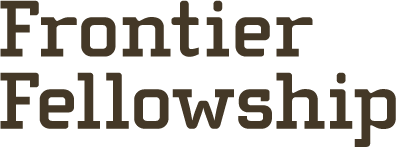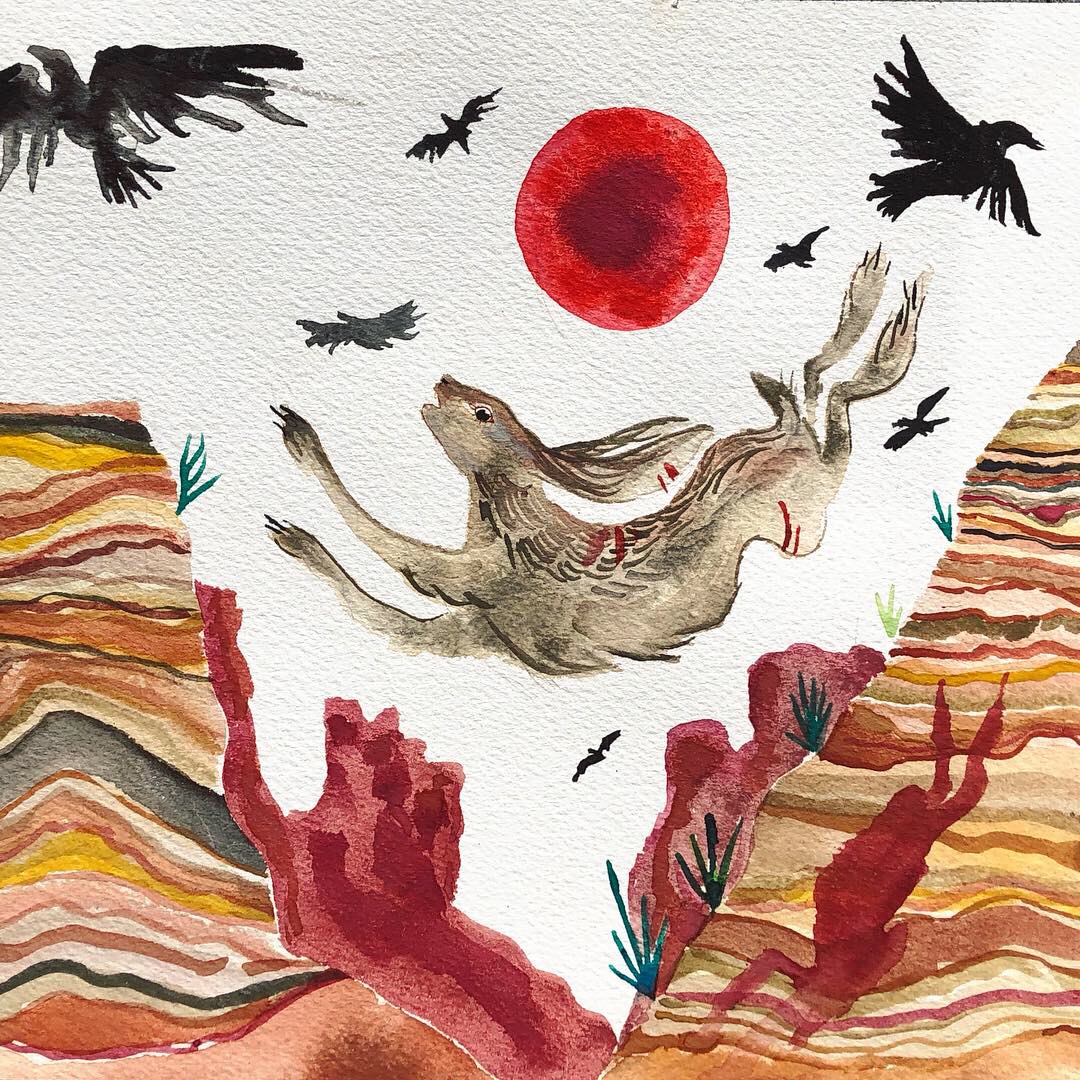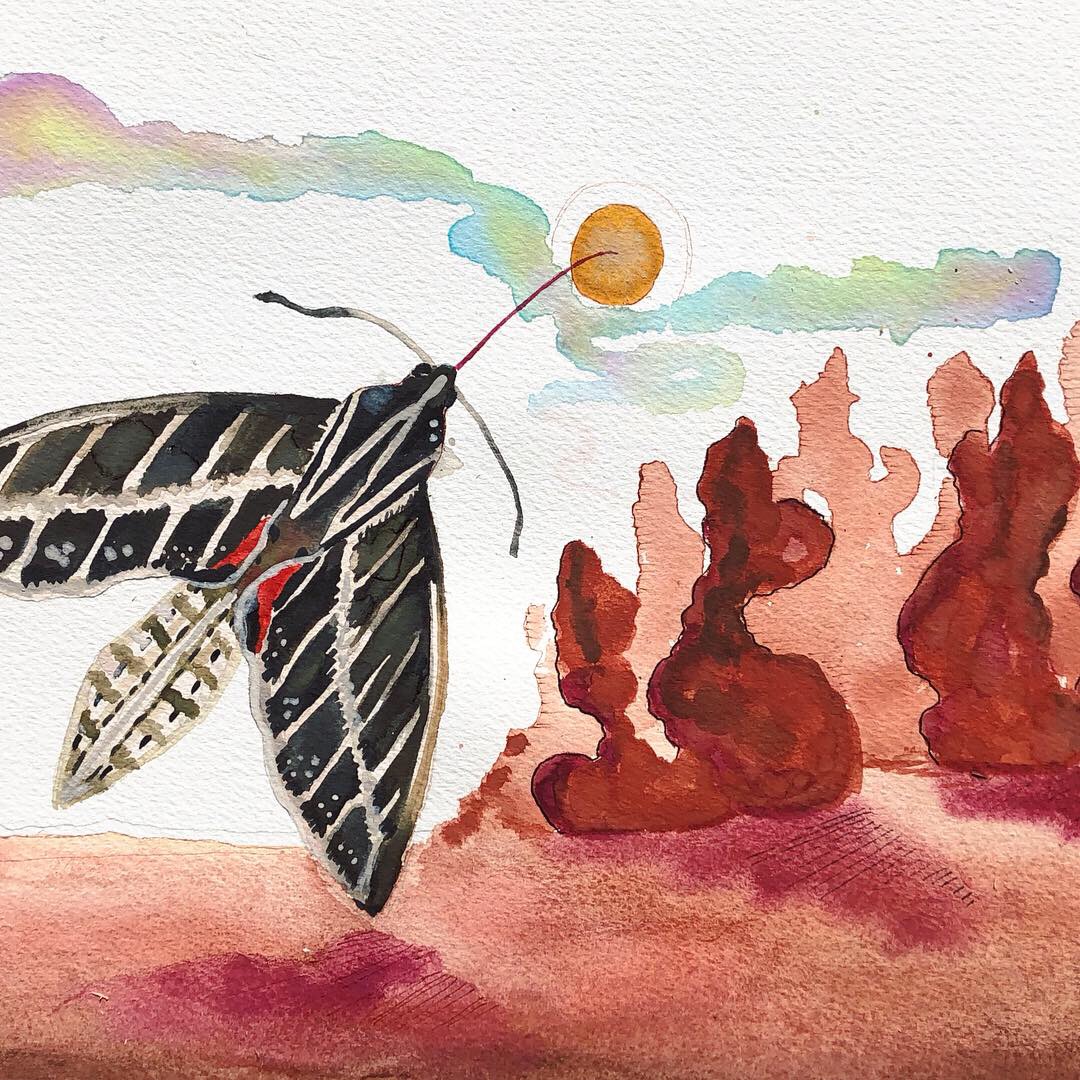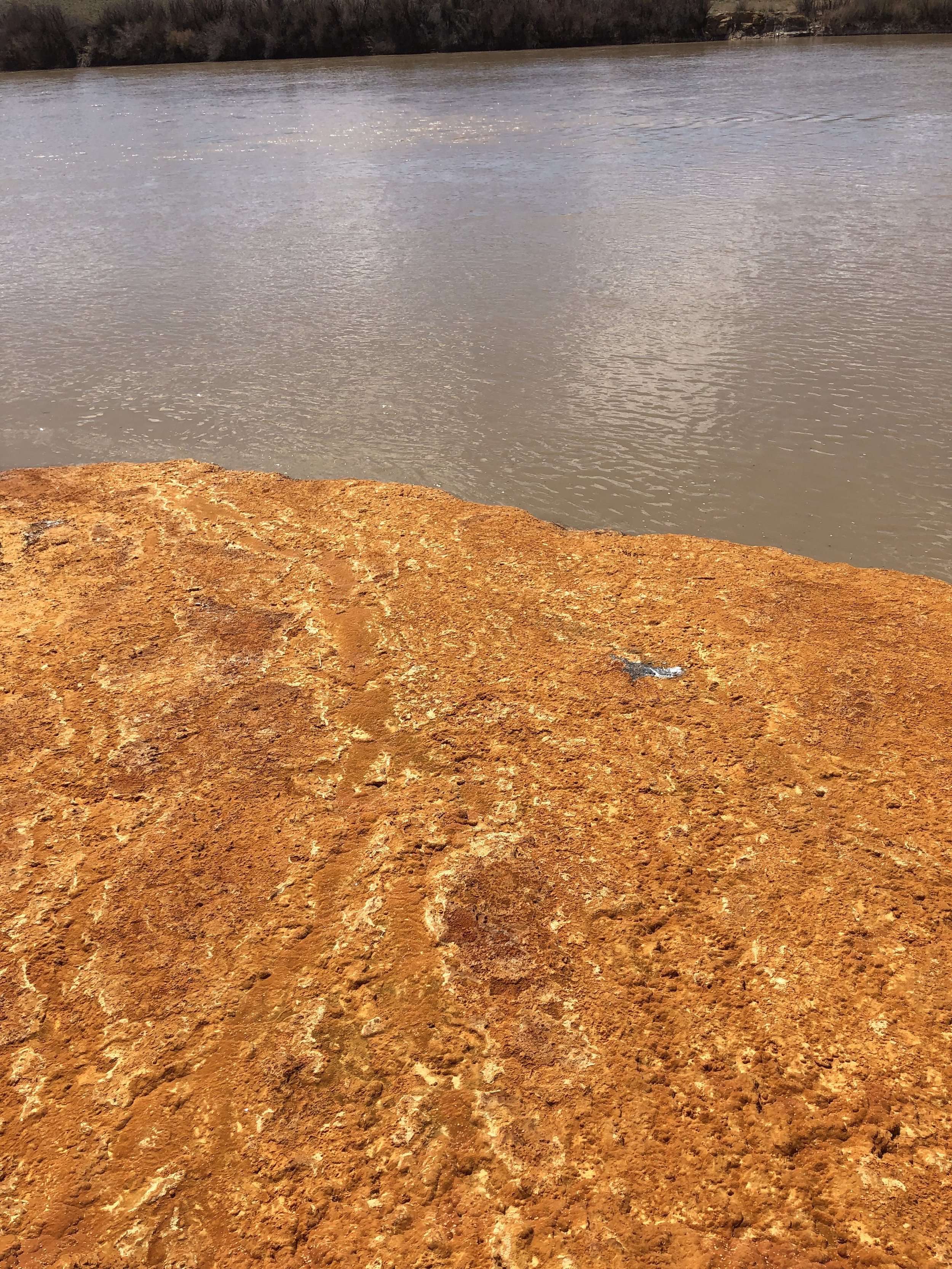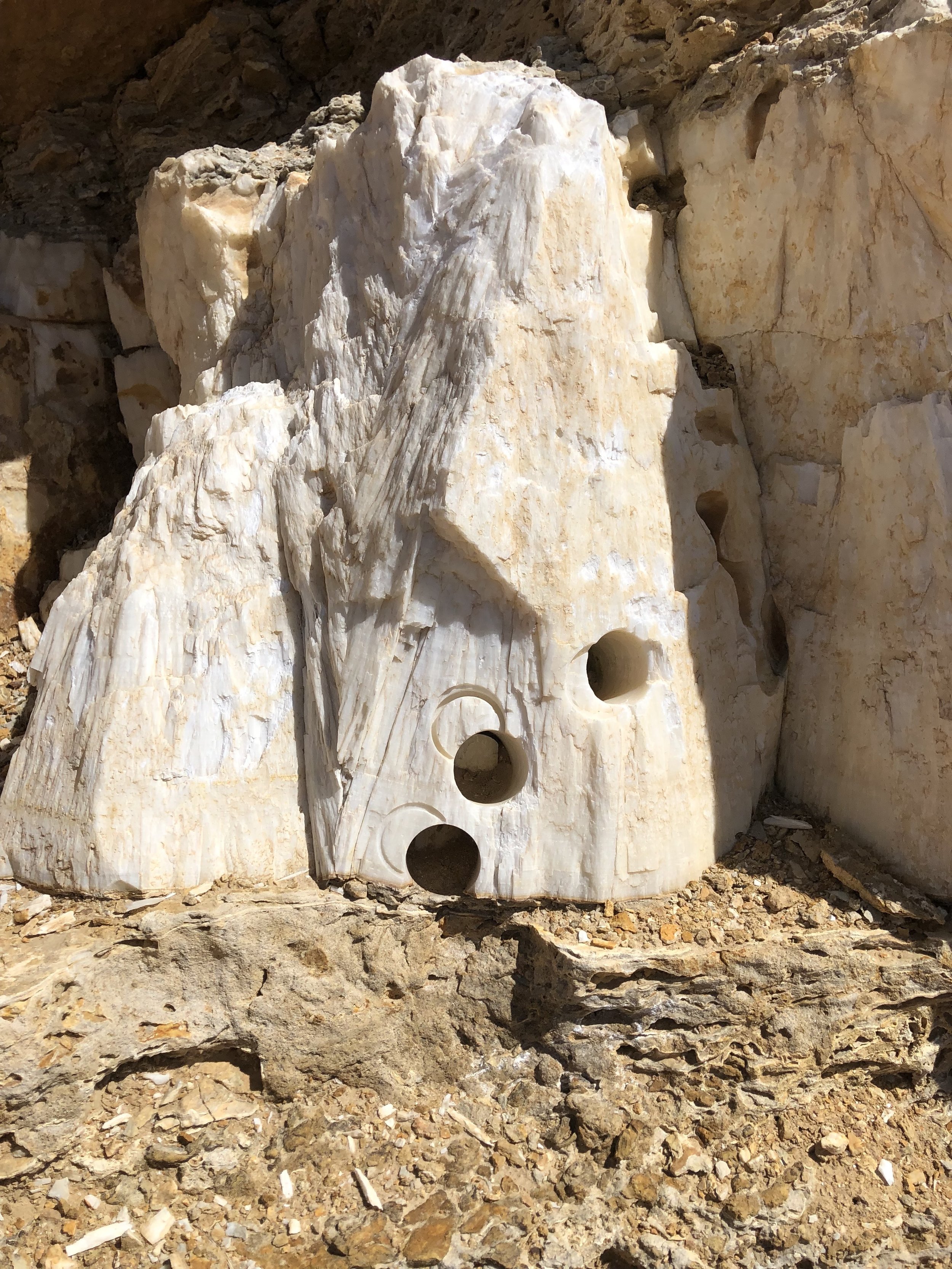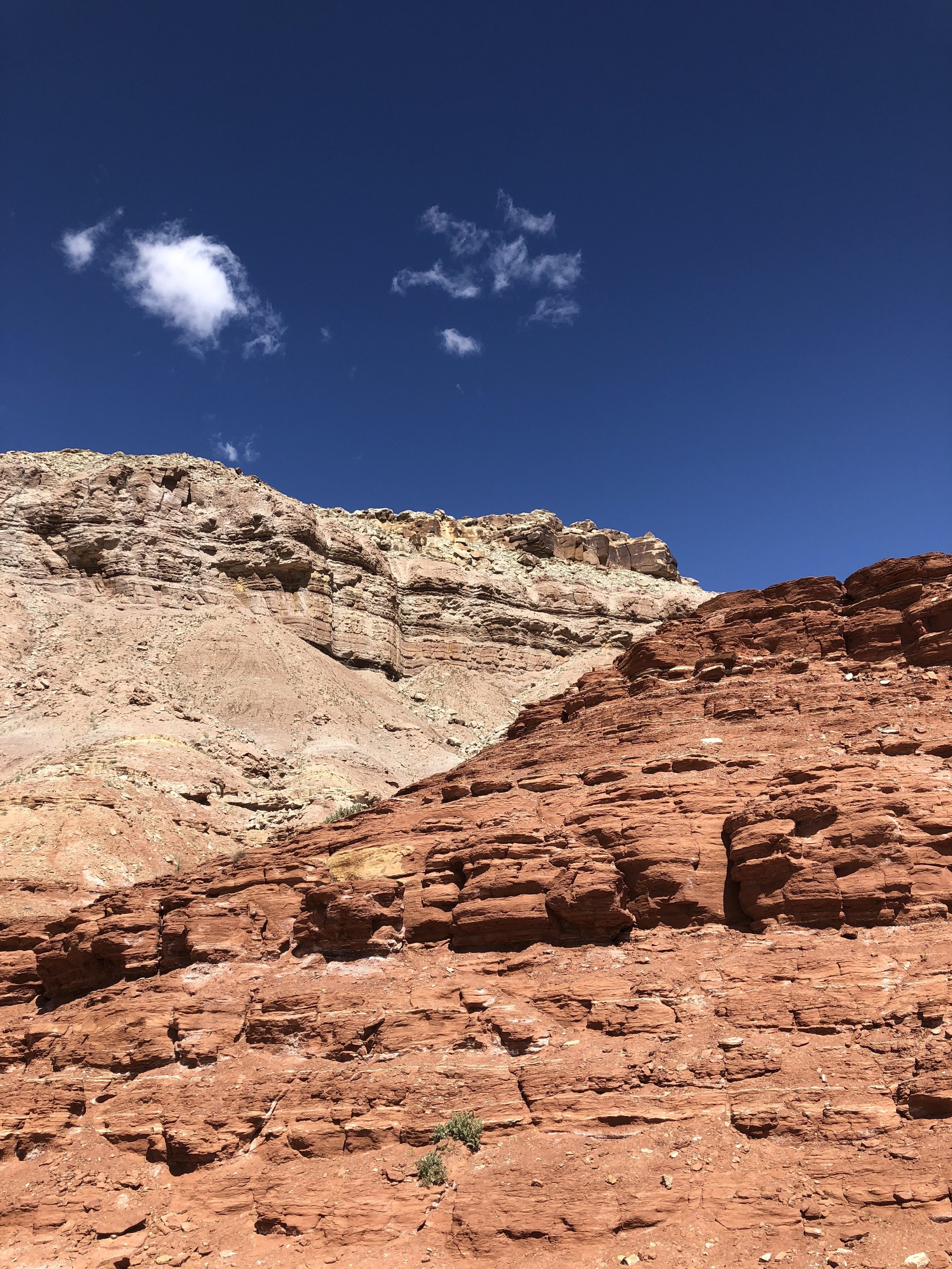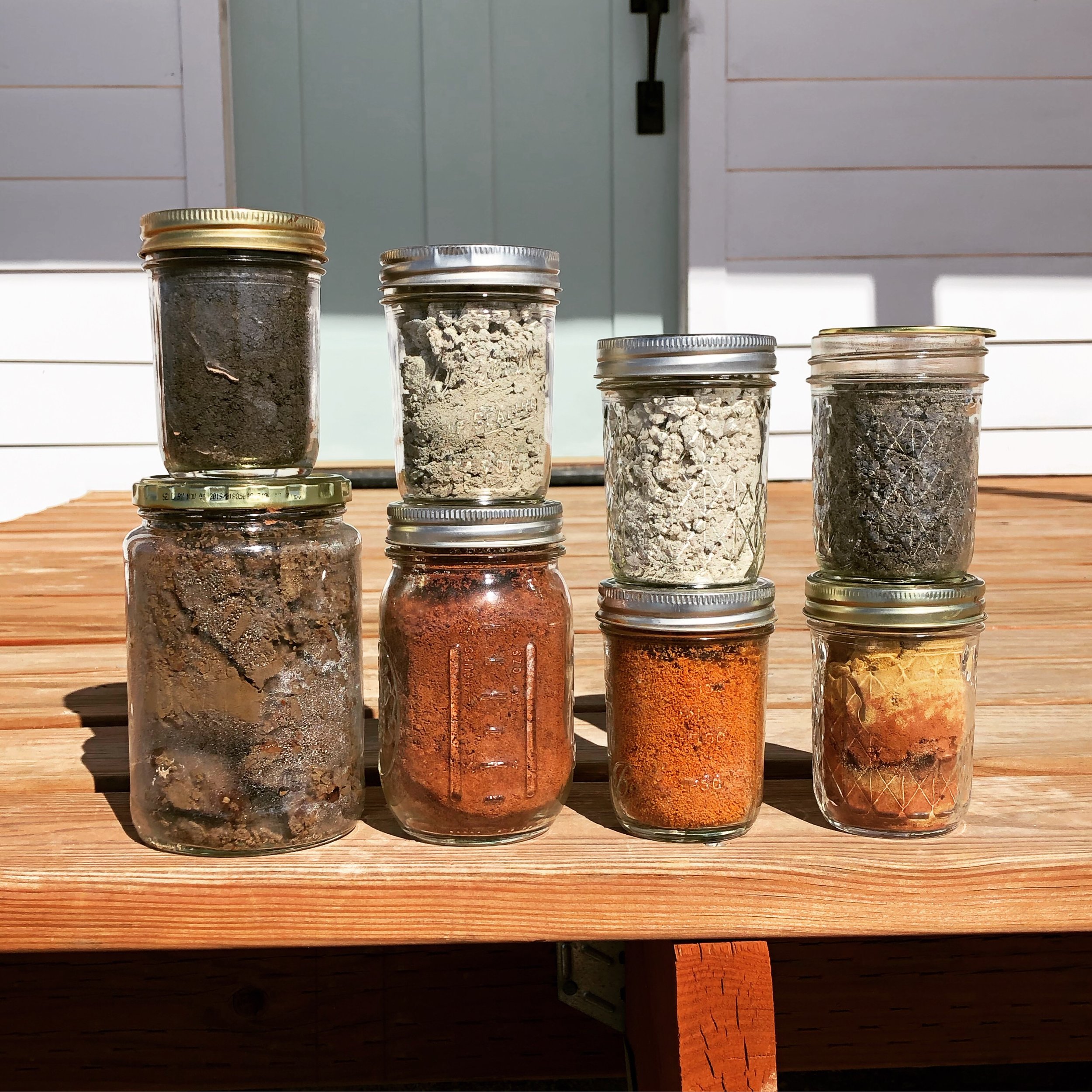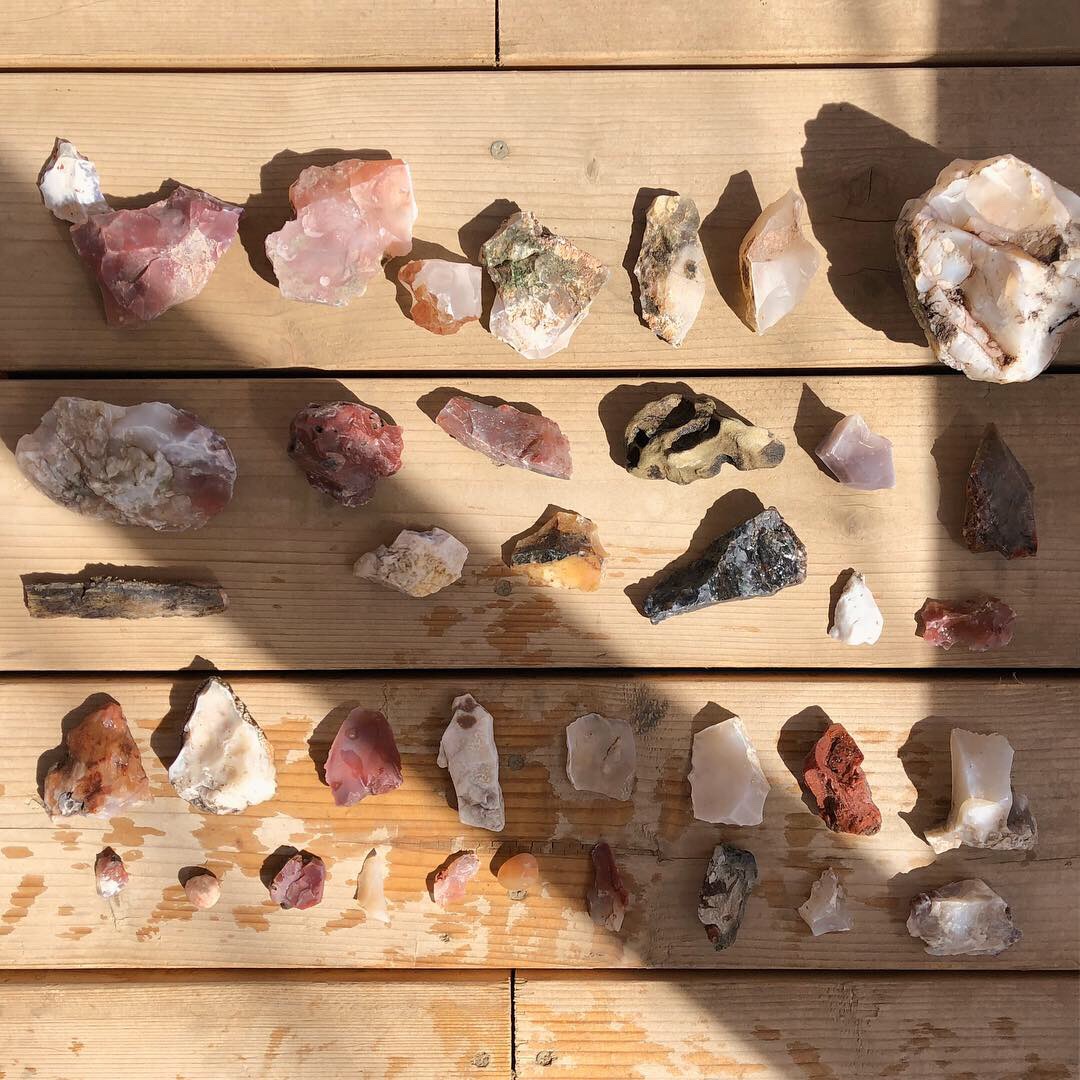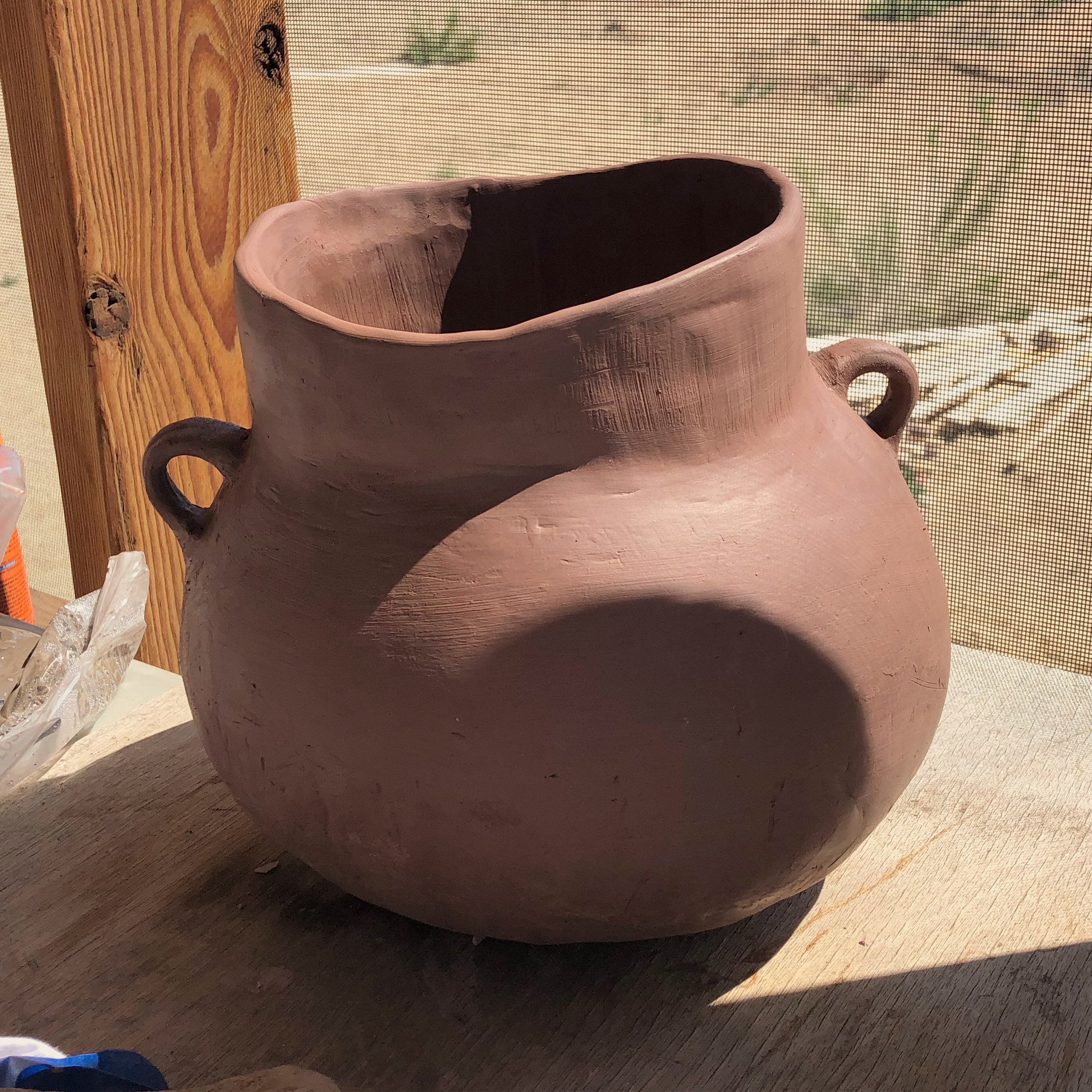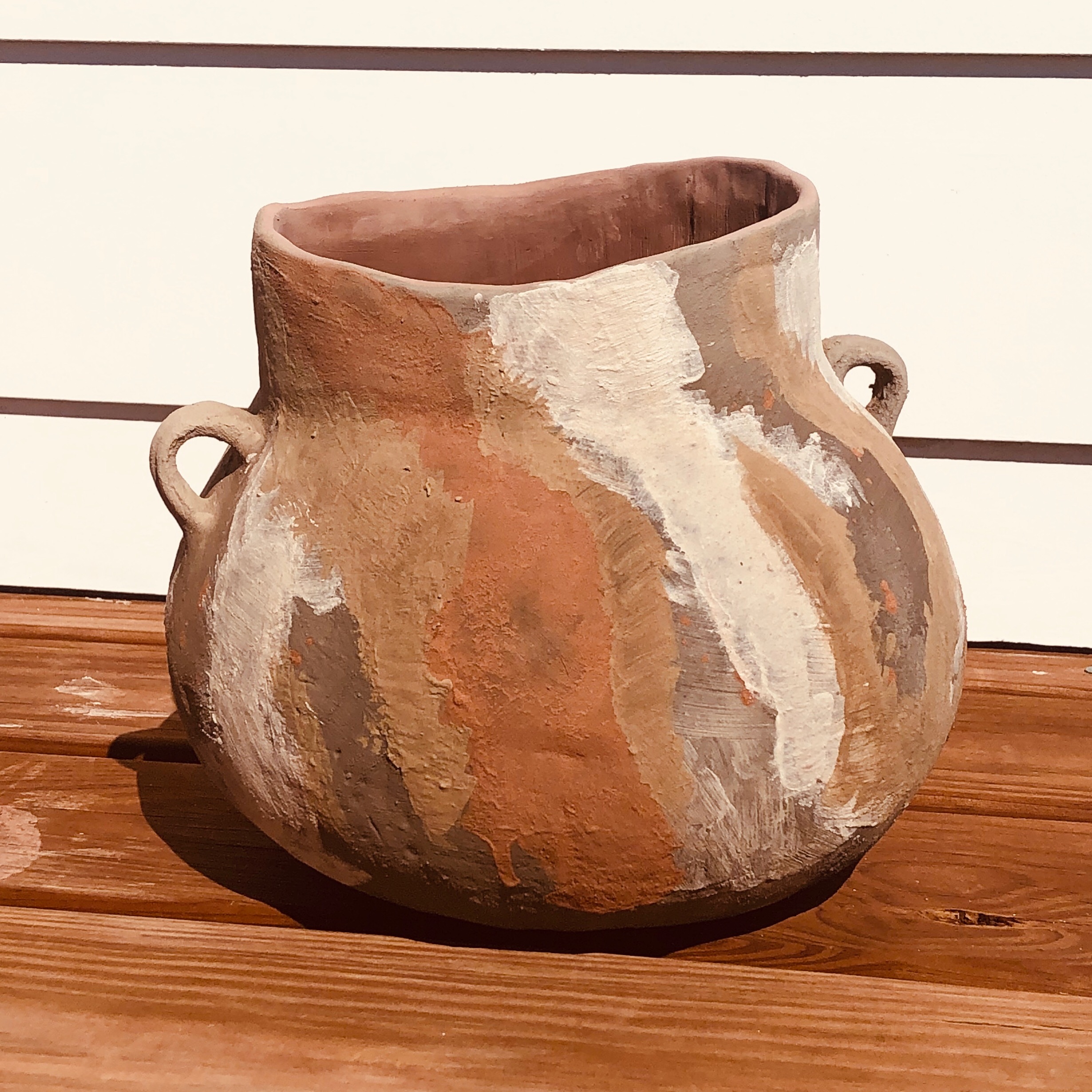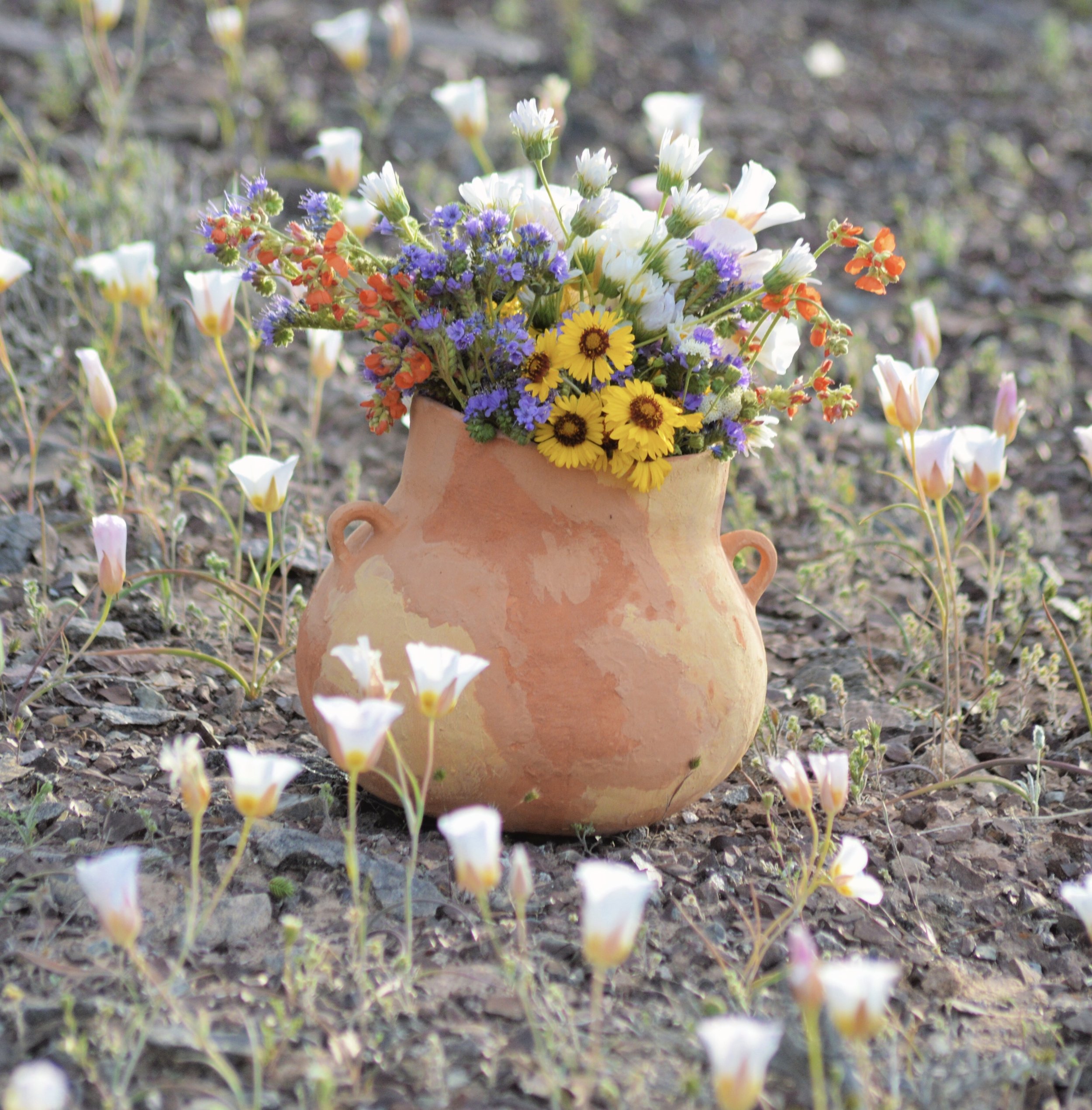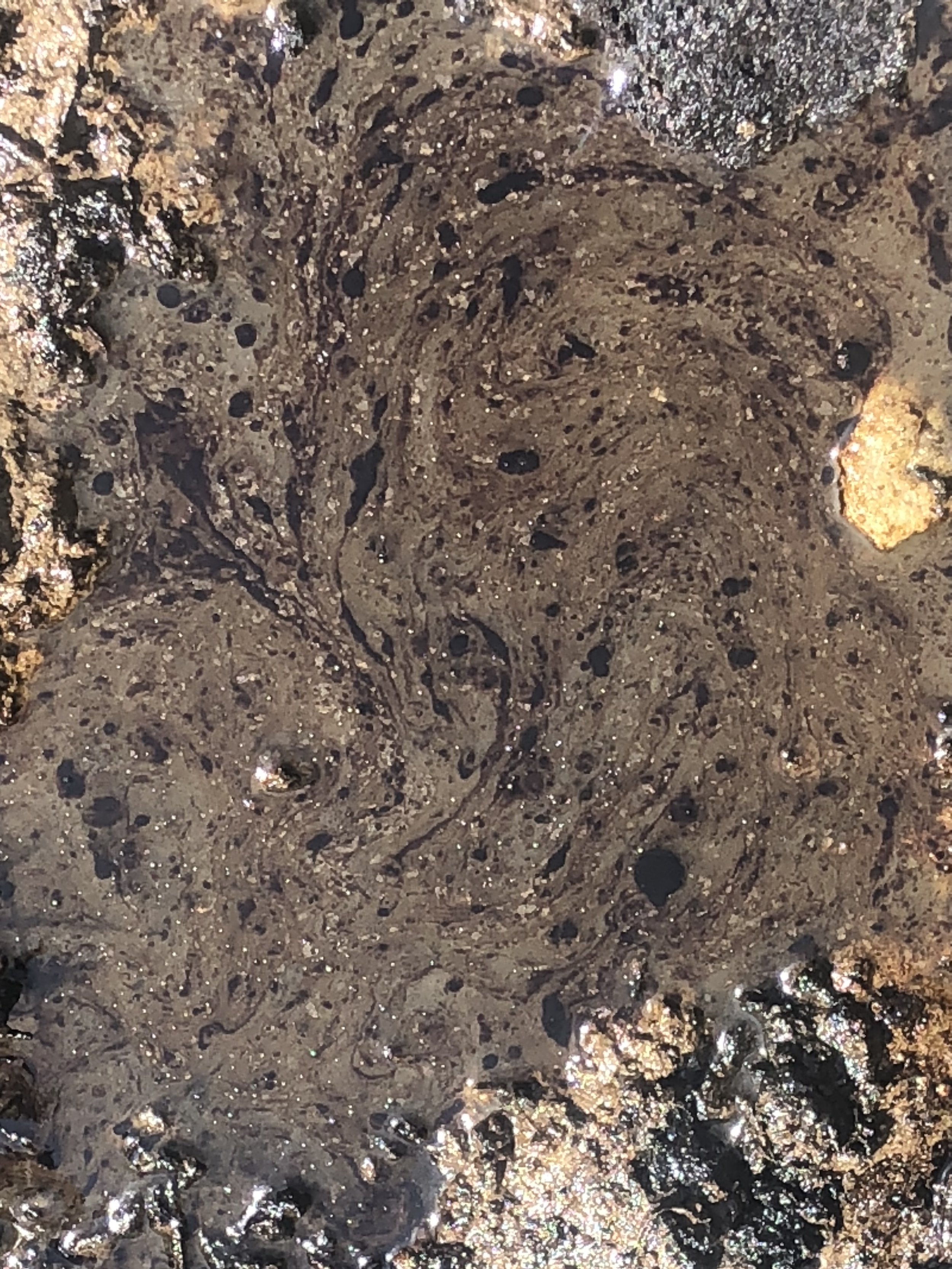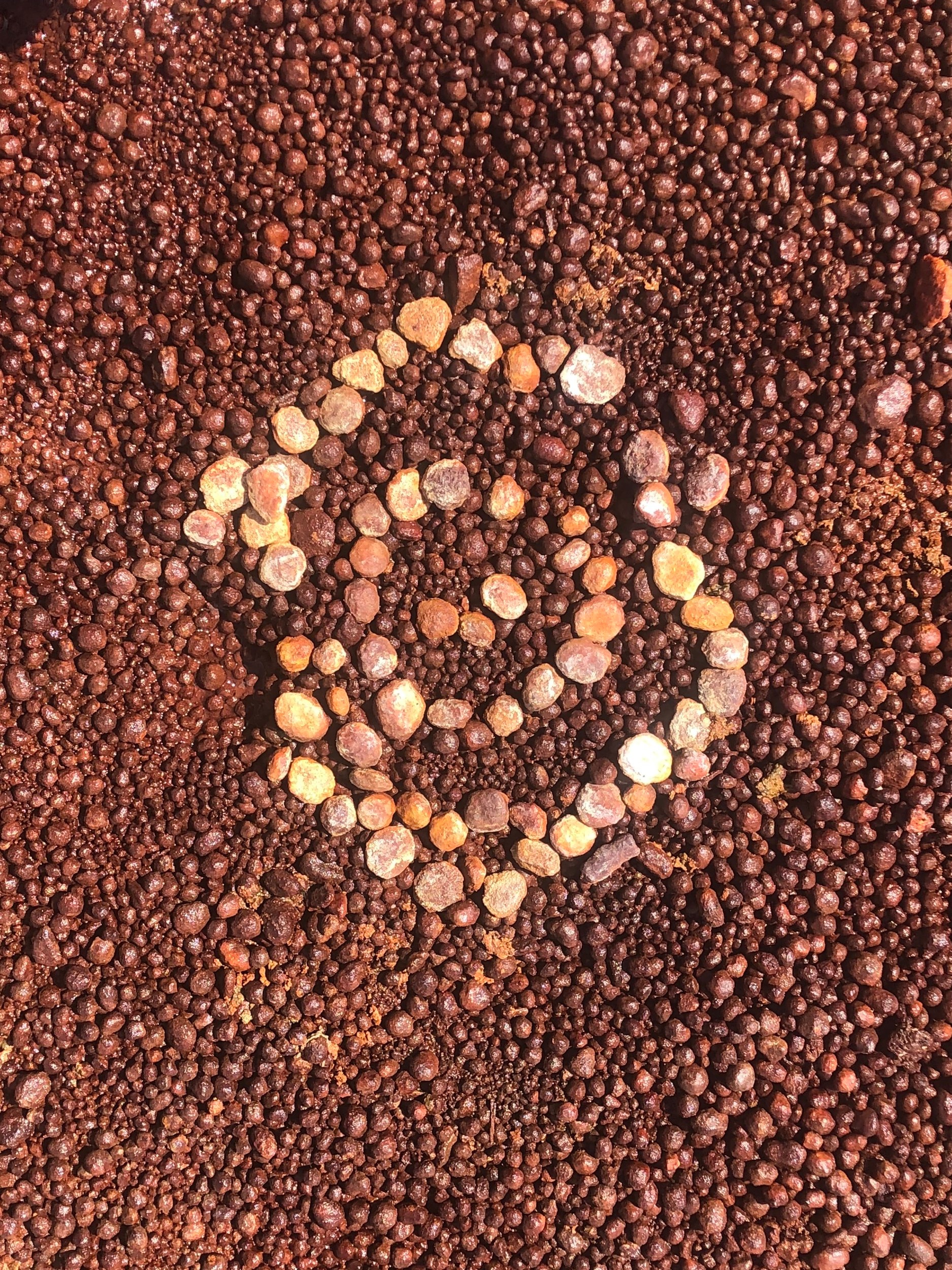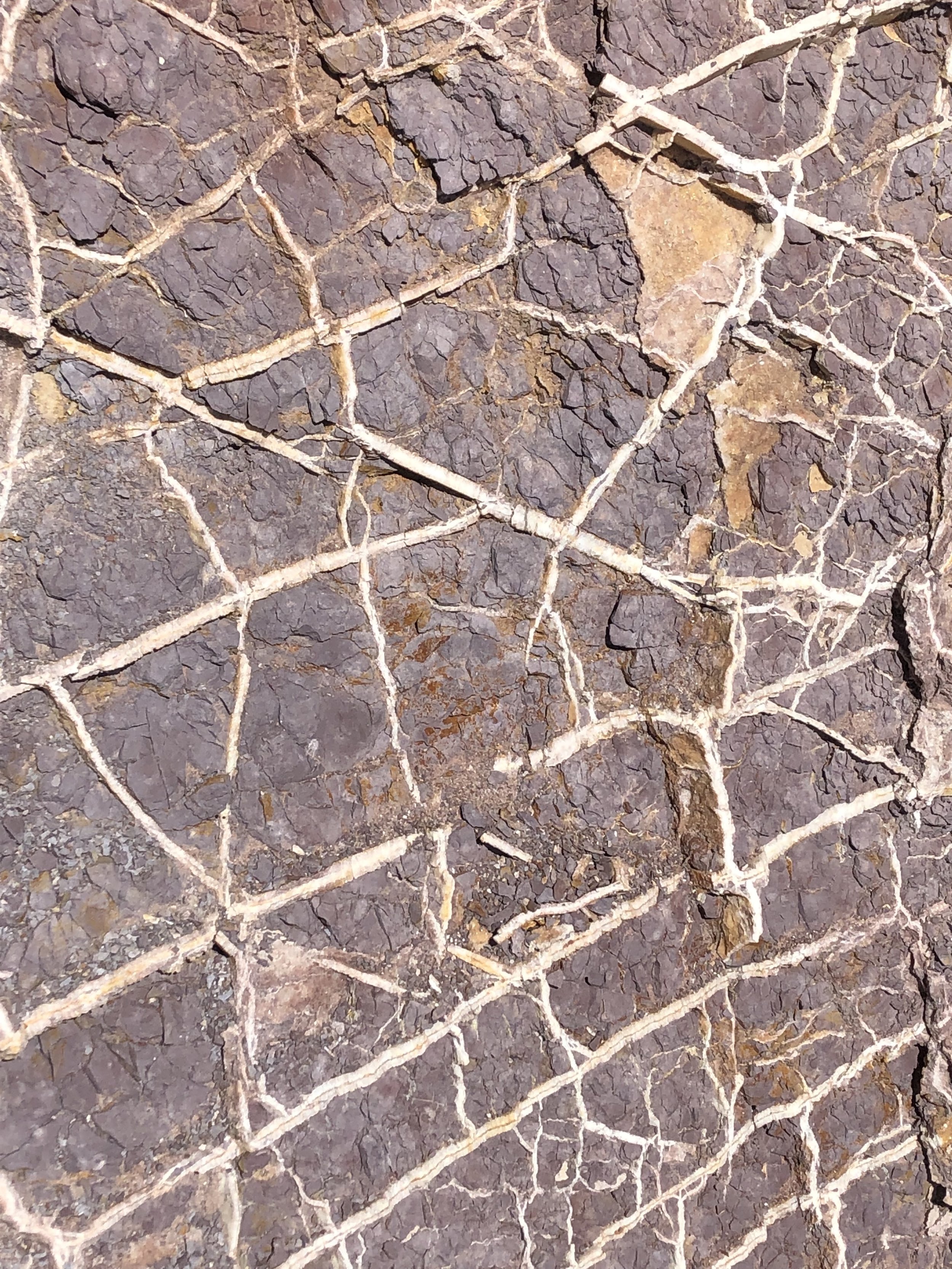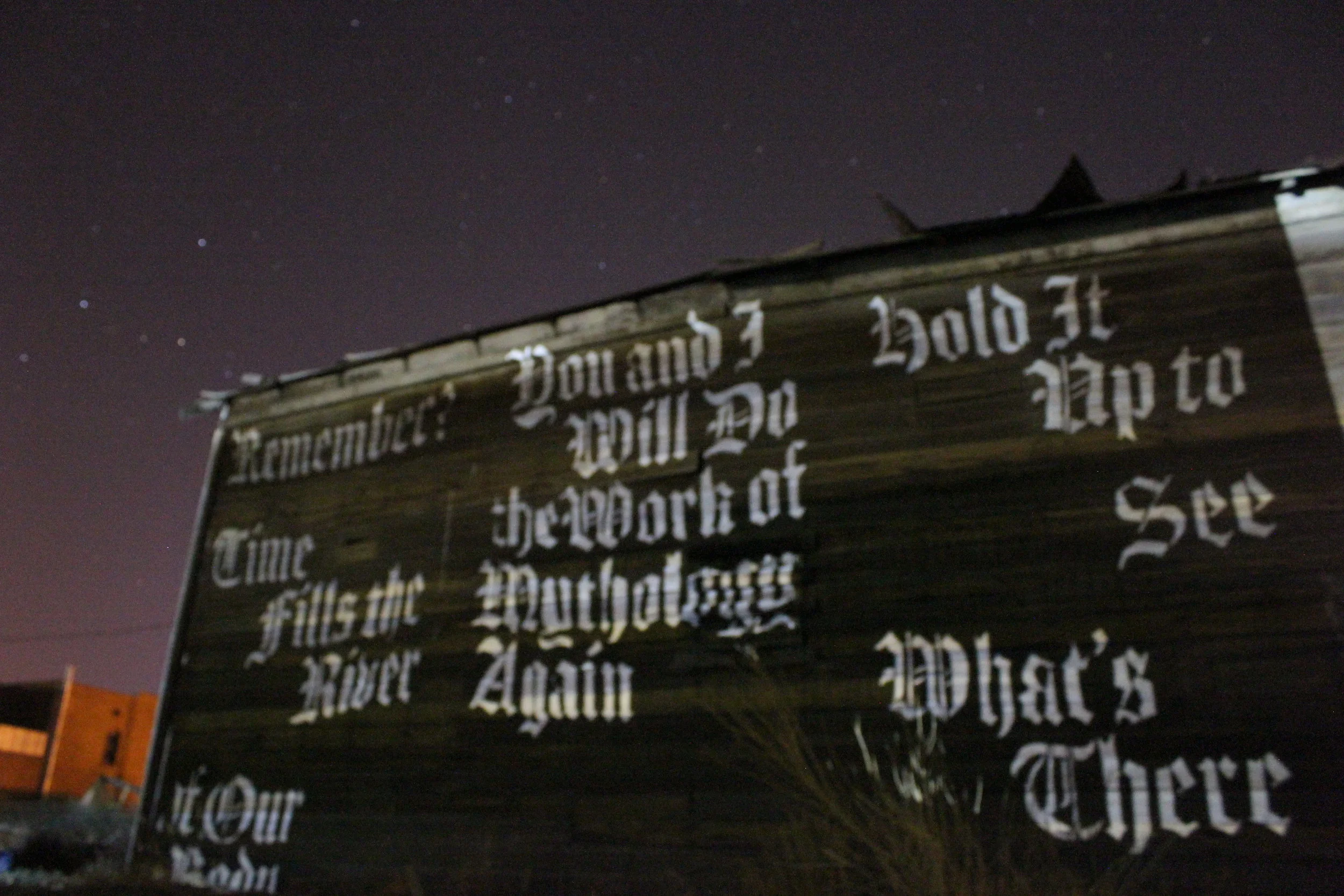Summer Orr
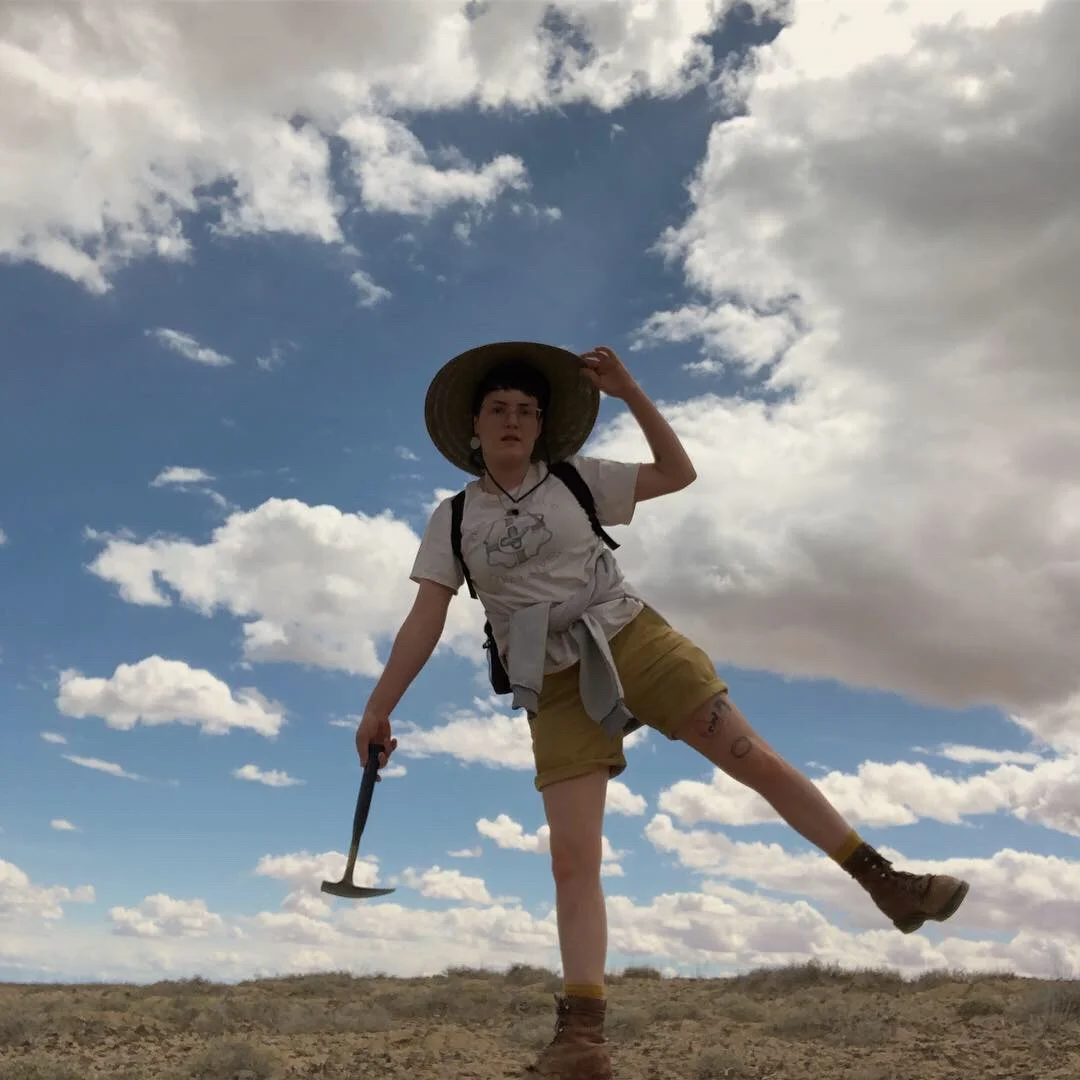
Summer Orr is a multidisciplinary artist from Reno, Nevada. She works with clay, printed material and skin to express ideas and feelings associated with the flora + fauna of the desert. She helps run the community printing co-op Laika Press, alongside teaching workshops and classes at the Wedge Ceramics studio. She spends her free time gardening, catching bugs, and playing pool at dive bars.
Even though I was born in the high desert, surrounded by sagebrush and dusty ancient lakebed since childhood, there was something about the landscape of Green River that persuaded me to be more perceptive of the environment I have always found solace in. In a specific instance, I was standing in the quiet gift shop of the John Wesley Powell River museum holding a shallow hand-built ceramic bowl that had a delicate quail painted with black slip. That bowl kick-started many of my formative questions of what I wanted to do with my time in rural Utah. As I rolled the idea of working with clay in an unknown place around in my brain, I also began to further research the artist(s) behind the pottery I saw in the gift-shop, digging myself into a rabbit hole of local ceramic work and ancient pottery of the region. I would often think about the execution and style of that particular bowl, and I sensed a sort of kinship with it’s fluid animal illustration. I probably thought about that quail everyday for the whole month of April.
I arrived the same weekend as the annual Green River Rock and Mineral Festival, and had the privilege of joining organizer/rockhound Alison Jean Cole and previous fellow Lisa Ward for an adventurous weekend in the desert and canyons surrounding Green River. I scavenged washes for pigeon-blood agate, I scaled Morrison Formations like a goat, I came across ammonite fossils, listened to Dasha Bulatova read poetry among dinosaur bones. That rest of the first week was spent exclusively walking around as I did not bring my car and arrived by Amtrak. I was eating ice-cream at the Chow Hound, hanging out with the chickens at the Community Center, looking inside abandoned structures, taking in the sight of the Book Cliffs in the distance every morning. I decided to replicate the animals, plants and structures I was seeing around me on paper with watercolor as much as I could. As I was interacting with people, places and businesses, I was also reading about similar interactions from the zines and publications of previous Fellows at Epicenter. It felt like a shared dream some days, to know that someone else before me saw the sun rise and set behind Ratio, and also thought it was important enough to document.
The first question I started to answer for myself was, “Where would I begin if I wanted to make something out of clay?”. I found help for this particular question while in the company of Sarah Burnett, my emerging Fellow counterpart. Our days together started to blend into a sort of routine. Wake up, stop by the coffeeshop or gas station for caffeine and snacks, and head out to find samples of dirt in the desert. Sarah had begun her own project: a series of illustrations that would then be turned into a coloring book. She would look for references on our excursions; prickly pear cactus blossoms, vintage cars, Swasey’s Beach at sunset, and I would scout for different colored soil types that could potentially be some workable clay material.
Being a ceramicist in Reno has given me the privilege of working in a fully equipped ceramic studio with an unlimited resource of refined and prepackaged clay. I have never needed to harvest or dig for my own material. The work and labor that goes into the process is complex and by no means easy. I was able to borrow an old book about pottery (and keen advice from the nearby neighbors Anna and Chris) which had information about clay processes and harvesting your own material. From this book I found out that by putting samples in jars with some water and salt, I could see that whatever sunk to the bottom of the jar could sometimes tell you about what percentage was clay/silt/sand. I made a makeshift pottery workspace in the back porch of the Frontier House, where wasps buzzed against mesh walls and mules brayed in the distance. I made various forms with new materials and tools I had scavenged. A dish sponge, a smooth river rock, dental floss, an old gourd cut in half.
From my make-shift equipment and workspace I made mud-paintings and mud-sculptures and mud-vessels. The funniest thing about the clay experiments was that the best and most usable source was from a) the Green River river-bed and b) the sunken Mancos Shale found just behind the Frontier House. I was able to get into contact with the ceramic studio Desert Sun, which is located in Moab about 50 miles away. The jarring disconnect of the aesthetic and size of Moab compared to Green River was startling, but nonetheless they gave me a bag of processed clay that I was using for reference, and later, I was able to fire my pieces there. (It is important to mention that I wouldn’t have been able to get there without the kindness of people like Epicenter’s Rose Fellow Lindsey Briceno, who offered me rides.) From start to finish, it probably took me about 4.5 weeks to research the area, find a usable clay resource, harvest more of the material, sieve it through a window screen into a fine powder, soak it with water in a large bucket, strain the excess water through a large cotton t-shirt found at the thrift store, dry the remaining bundle of clay to a consistency I could work with, create a hand-built vessel, and finally fire it once in Moab.
Interspersed throughout the process of creating this vessel, I had time to do things I have not done in months. I was reading books, swimming, drawing landscapes, painting, talking to strangers, watching documentaries, and finding hot springs and rocks and plants and animals. I look at the formidable desert landscape and the people that choose to live in places like Green River with a newfound respect. There is a harshness to it, an extreme and brutal force that comes out in hail storms and wind and heat. But there is wonder and beauty and hopefulness in every color and running animal and sunset as well.
On my last day in Green River before the 7am Amtrak ride up north, Sarah and I took one last final ride into the valley. We encountered multitudes of blossoming wildflowers that hadn’t been there when I arrived. I tried to stuff as many as I could in my fired desert vessel. I almost wanted to leave the form and the flowers to dissolve in the place where they originated from, but Sarah convinced me otherwise. I left it with the Frontier House in the end. I have a million words of gratitude for the kindness, hospitality, and vision that Sarah Burnett shared with me during my time in her hometown. I am glad I was able to help her with her project and offer whatever skills I had. The feeling extends towards every other welcoming individual who helped me process ideas into reality, especially Grace, Eli, Anna, Kelsey, Sarah L., Casey, and every other person I asked for advice and direction. Thank you to the Mata Ortiz family (makers of the quail bowl) whom I encountered at the West Mountain Arts conference in sort of a cyclical fateful way, sharing various ceramic techniques and their family history as potters with grace. A billion thanks to Maria, Lindsey, Annalee, and Steph at Epicenter as well for offering the time/consideration and energy anytime I needed it and doing the incredible hard laborious work that they do. The only thing I feel I can end on is a quote I encountered in the archives of the John Wesley Powell River History Museum regarding southern Utah.
“I want to go right back into that canyon and be mauled about by it’s big brutality, though all my bruises are not gone yet. It’s a country that drives you crazy with delight, and that’s all there is to it. I can’t say anything more intelligible about it.”
- Willa Cather -
Reading list:
Uranium Frenzy : Saga of the Nuclear West – Raye C. Ringholz
Cairns - Dasha Bulatova
The Evolution of North America - Philip B. King
Dead West - Mike Davis
Ceramics, a Potters Handbook - Glenn Nelson
The Strawbale House : Steen Steen and Bainbridge
An Equine Anthology: Central Pivot Series
The Complexities of Water - Alberto Rey
